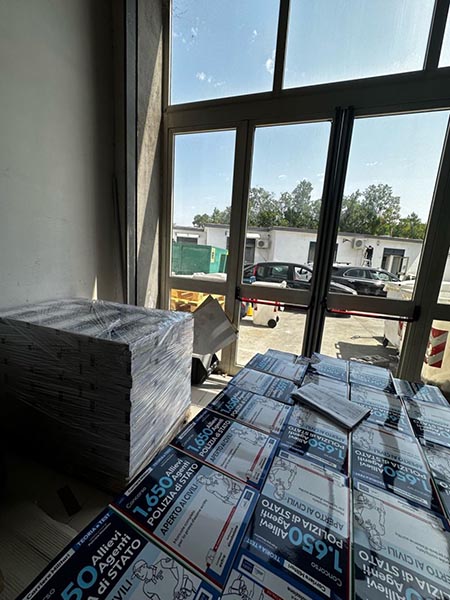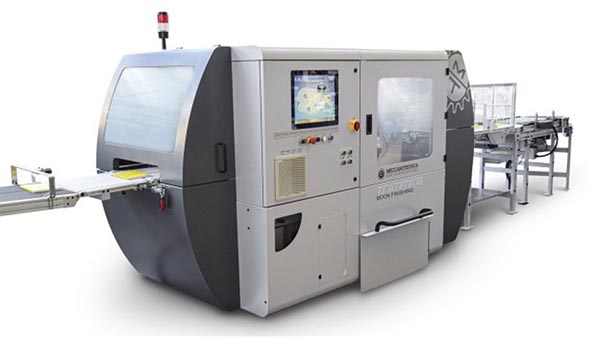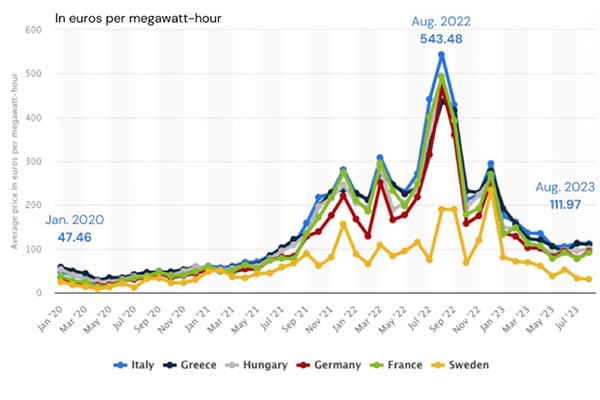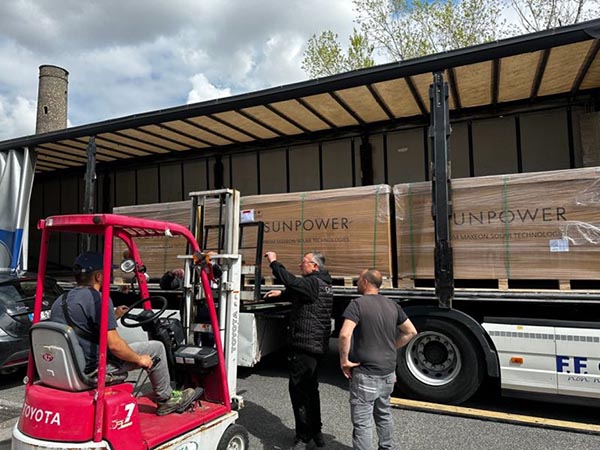(This article originally appeared on Inkjet Insight.)
Naples, Italy, is famous for its beautiful Amalfi coast, Neopolitan pizza and people who can adapt and overcome adversity (after being virtually destroyed in WWII). It is also the birthplace of PrintSprint S.r.l, a printing company that has been adapting to changes since its inception 30 years ago.
PrintSprint was one of the first companies in Italy to purchase Computer to Plate (CTP) technology and transition from the production of films for offset printing to the supply of digital plates. They continued to evolve by embracing digital print technology and expanding into the delivery of different types of print while continuing to support offset printers.
Beginning with digital toner presses, the company supports a variety of marketing collateral and other commercial print applications including business cards, brochures, posters, and invitations. Their capabilities include both mono and full color as well as white printing using a range of small format printers such as the Kodak Nexfinity Ultra, Canon C10000VP, and Konica Minolta 6100.
With a company motto of “La velocità è la nostra forza, la qualità è il nostro standard” (Speed is our strength, quality is our standard) it was only a matter of time before inkjet production became a requirement. According to PrintSprint’s marketing and communication executive, Davide Romagnoli, the company invested in inkjet in late 2019. Romagnoli noted, “The Canon ColorStream 6500 with the Chromera inkset and inline Tecnau finishing is our first inkjet press. The press was installed in March 2020, two weeks before the COVID pandemic started in Italy. We were very scared about the possible impact on our business, but in the reality this investment was our salvation.”
PrintSprint used the ColorStream to diversify into book production, a market where revenues increased significantly during the pandemic. They now produce books and catalogs in both color and mono. They report that the most competitive run lengths are from 200 to 2000 copies, but this is also affected by the number of pages per piece. It’s not uncommon to see Romagnoli posting about the company’s speed and success on LinkedIn, for example” 544 pages, 500 copies. With our digital printing this morning’s order will be ready to be delivered this afternoon!” or “1000 copies of 728 pages, delivered this morning with “OK Let’s Print” received late yesterday afternoon.”

Source: PrintSprint “1000 Copies of 728 Pages”
Romagnoli said that the business case for investment in inkjet was very simple. They wanted to expand into the book market and to deliver every single job “with the maximum speed, mostly in 24 hours.” They also have complete bindery services inhouse with two Universe sewing systems, a BQ-470 perfect binding line, and Horizon HT-80 three-sided binder.
In 2023, the company installed a Meccanotecnica Group book finishing system for trimming that delivers up to 2,000 cuts per hour for books without flaps and more than 1,000 cuts per hour for books with flaps. Romagnoli noted that the start-up process is also significantly reduced, thanks to an automatic format changeover that takes place in a few seconds.

Meccanotecnica Group Book Finishing System
The company can now produce 5,000 to 6,000 books per day and deliver them to clients in one to two working days. They claim that their competitors require a five-to-seven-day turnaround. Romagnoli says, “We usually print 3,000 to 4,000 books a day, but there are days that are more productive and less productive. We see a highway to further growth in front of us!”
Inkjet has significantly reduced PrintSprint’s production costs, particularly with low coverage jobs, making them price competitive as well. However, there were still challenges to price competitiveness they needed to overcome.
From COVID to the Energy Crisis
The pandemic brough many supply chain shortages and drove up labor prices in most regions of the world. However, challenges didn’t cease after lockdowns subsided. The Ukraine war in 2022 launched energy prices to new heights in Europe. Italy faced more than a 500% increase in energy costs between January 2020 and August 2022. Costs came down significantly in 2023, but as of August remained 130% higher than the January 2020 baseline (see chart).
Average monthly electricity wholesale prices in selected countries in the European Union (EU) from January 2020 to August 2023

Source: Statista 2023
PrintSprint responded quickly by installing Sunpower solar panels across the entire surface of their building. SunPower is an American firm that acquired Italian solar panel manufacturer Sunray Renewable Energy in 2010, to expand in Europe. The system installed at PrintSprint is comprised of 100 kilowatt solar panels and covers almost the full energy usage of the print operation during the day. Since the company runs two to three shifts per day, depending on demand, the solar panels are reducing overall energy costs by 50% to 60% per month on average.
The investment in solar also positions the company positively from an environmental sustainability perspective which is increasingly important to customers and EU government regulators. It also cushions the company from potential power outages during heatwaves or future price surges.

All these strategic investments and adaptations are particularly impressive when you consider that the company has just 12 employees. Since moving their core business completely to digital, book printing has grown to represent 80% of the company’s business. Revenues nearly doubled between 2019 and 2022, following the investment in inkjet, without increasing the number of employees. Speed, high quality standards, customer focus and a high degree of adaptability should position PrintSprint well for the future.















Discussion
Join the discussion Sign In or Become a Member, doing so is simple and free